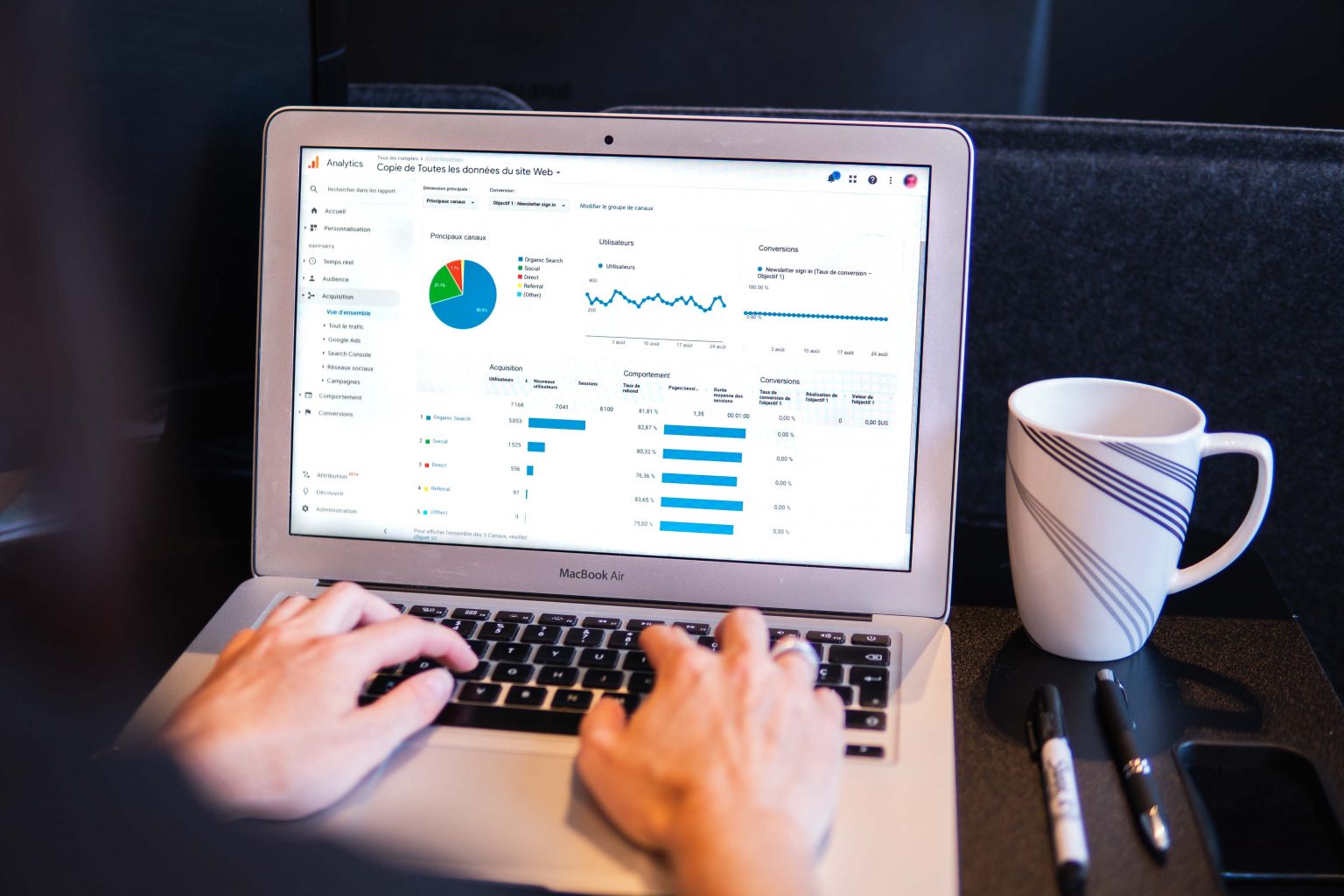Non-Fungible Tokens (NFTs) have grabbed the attention and wallets of consumers and businesses since the early days of CryptoKitties.
The great NFT hype is believed to have truly started after the sale of the digital artwork by Beeple that sold for over $69M on Christie’s Auction House.
The rising importance of the NFT space cannot be ignored, neither can the risks or the possibilities that the space will bring for a world that has gone digital, especially after the pandemic. In this article, you will learn about the budding NFT market, its working structure, risks and hazards connected with the market, and ways to protect yourself while making the most out of it.
What are NFTs?
NFT’s are a one-of-a-kind technology that can be used in applications that require unique digital and virtual entries, such as in-game features, digital artworks, or digital figurines.
NFT’s are cryptographic assets on a blockchain with unique identifying codes that are not interchangeable. They cannot be traded or swapped for an equivalent asset, unlike cryptocurrencies.
- NFTs can be used to deal with certifiable items such as fine art, music, and much more.
- When genuine identifiable resources are “tokenized,” they may be purchased, traded, and transferred more efficiently while reducing the risk of extortion.
- People, groups, personalities, property rights, is only the beginning of what NFTs may be used for.
How do NFTs Work?
NFTs are created and traded on blockchains such as Avalanche. NFTs can be created on Avalanche’s changeless blockchain, which means they cannot be modified. Nobody can produce that exact NFT or dispute your ownership. Furthermore, they are “permissionless,” meaning that anybody can make, buy, or trade an NFT without anyone else’s permission. Finally, every NFT is extraordinary and visible to everyone.
It’s similar to seeing a limited-edition collectable card in a store display that anybody can view, admire, or like, but only one person can own at a time.
If we look at it from a functional perspective, NFTs are digitally advanced works of art, like a picture. The fact that this is a new medium makes it extraordinary and grabs the attention of artists, fans, and people all over the globe.
Three years ago, the entire NFT market was worth around $42 million. According to the most recent survey from Nonfungible.com, it is now valued at over $338 million, up by 705%.
How Safe are NFTs?
It is no secret that hackers and threat actors are always looking for opportunities to steal an item or artwork (whether physical or digital) that has value. NFT’s being relatively new, will of course draw the attention of hackers. The sudden and rapid rise of NFT culture has opened another new channel for hackers to get into business. Recently, a group of hackers attacked Nifty Gateway users’ accounts, transferred their NFTs, and even purchased additional NFTs to transfer to their own accounts.
One problem with the NFTs is the issue of ownership. There is a difference between the token (the record of ownership on the blockchain) and the asset itself. It can be a photo, audio, ticket, or anything. In the case of the digital artworks no longer being hosted on a dedicated server, users will be left with bare tokens that no longer refer to the original asset.
Another risk of NFTs is that they are created in smart contracts which can be potentially broken, manipulated, or abused, just like any other Blockchain asset.
How can you protect your Assets?
Enabling multi-factor authentication (MFA) is the essential thing consumers can do to safeguard their NFTs. According to the official announcement dated March 15, none of the users affected in the Nifty Gateway attack had MFA activated.
When used in conjunction with MFA, the power of a strong password should not be underestimated, this means that you should have a password that is long and complicated enough and should not be shared with other accounts. While nothing is perfect, these basic precautions go a long way towards preventing fraud and theft.
Moreover, when used appropriately, cold (offline) storage of digital assets provide the best protection against internet-connected criminals for both consumers and businesses. However, whether hardware, paper, or desktop wallets, cold storage options must still be physically secured to prevent loss, damage, or theft.
What to Expect in the Future NFT Market?
As art moves further into the digital domain, established art houses and laws are merging with new digitally native forms of generating high-value artworks and other digital collectables, creating investment potential and risk factors.
Individuals that interact with the NFT ecosystem must weigh up the possible benefits and the potential harm from doing so.
Finally, NFTs represent a new creative expression that has already begun to have a considerable impact on the art world. The outcome of private lawsuits, government enforcement measures and the reactions of conventional investors and art houses will create a significant precedent for digital art investors.
For more info on the latest Avalanche NFT Projects, give us a follow.
If you liked this article, you’ll love Bridging ETH to AVAX




